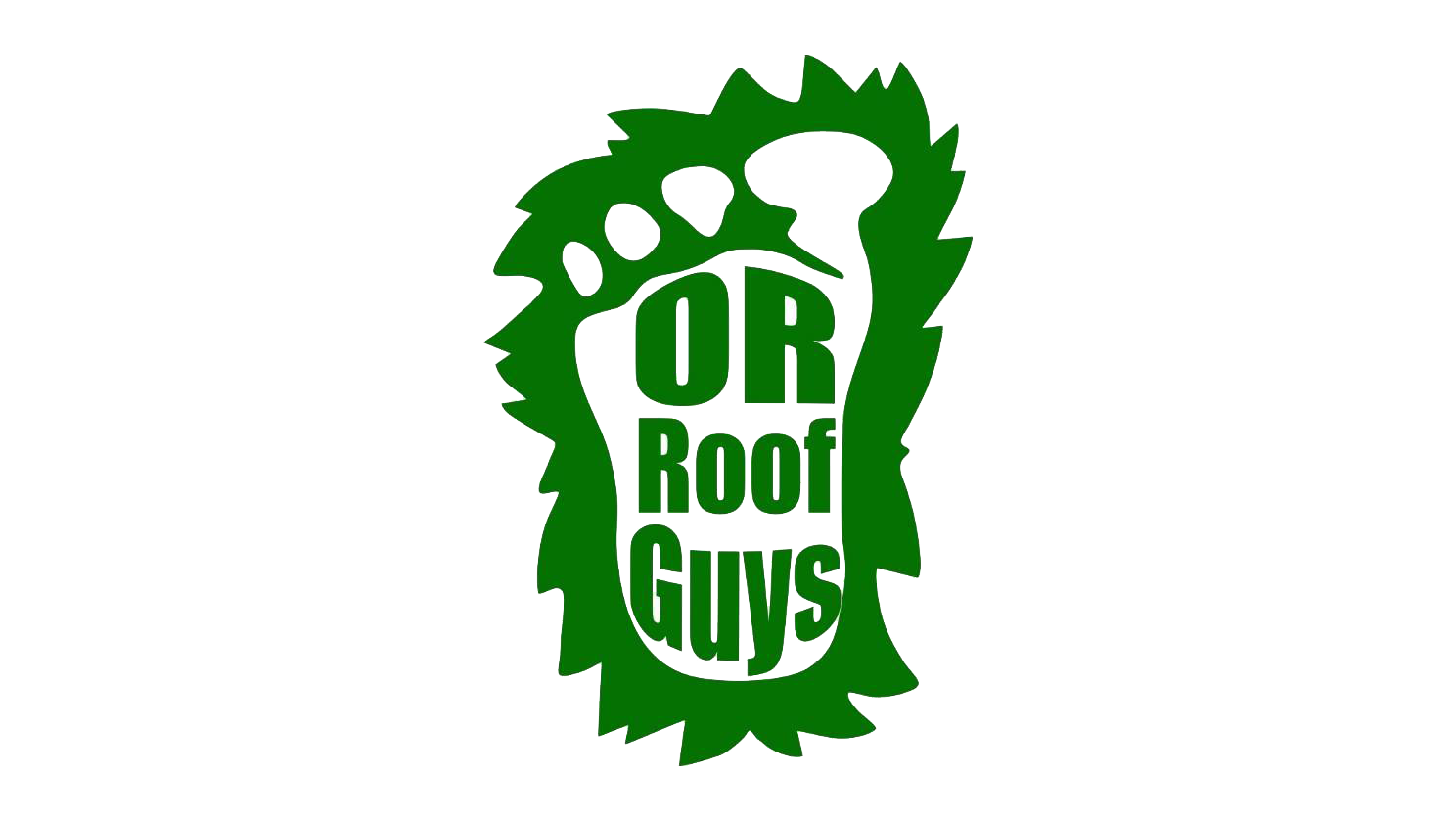🏠 Recently, our roofing company for Corvallis completed a comprehensive roof replacement project that showcases our dedication to quality and longevity. The homeowners were concerned about the aging condition of their roof and contacted us for a consultation. After a thorough inspection, we determined that a full replacement was the best course of action to protect their home from potential weather damage and to enhance its overall aesthetic.
🔨 During the project, our team of skilled, local roofers worked diligently to ensure that every detail met our high standards. From stripping the old roof to laying down the new materials, we used only the highest quality products to guarantee durability and long-lasting protection. This meticulous attention to detail ensures that the new roof will offer an extended lifespan, reducing the need for frequent repairs.
🌞 One of the significant benefits of this roof replacement is the improvement in energy efficiency. By opting for modern materials and techniques, the homeowners can expect reduced energy bills and a more comfortable indoor environment throughout the year. Enhanced insulation and reflective surfaces play a crucial role in maintaining indoor temperatures, proving to be both an economical and environmentally friendly choice.
💡 Beyond the practical advantages, a new roof also significantly boosts the curb appeal and resale value of a property. This project exemplifies how investing in a roof replacement can lead to substantial long-term benefits. Not only does it safeguard the home from the elements, but it also makes it more attractive to potential buyers.
👷♂️ At Oregon Roof Guys, we take pride in being the trusted roofing company for Corvallis residents. Our local roofers are committed to delivering exceptional service tailored to meet the unique needs of our community. Whether you need a minor repair or a full roof replacement, we have the expertise to ensure the job is done right the first time.
🌟 Contact us today to learn more about how we can help you protect and beautify your home with our top-notch roofing services.





